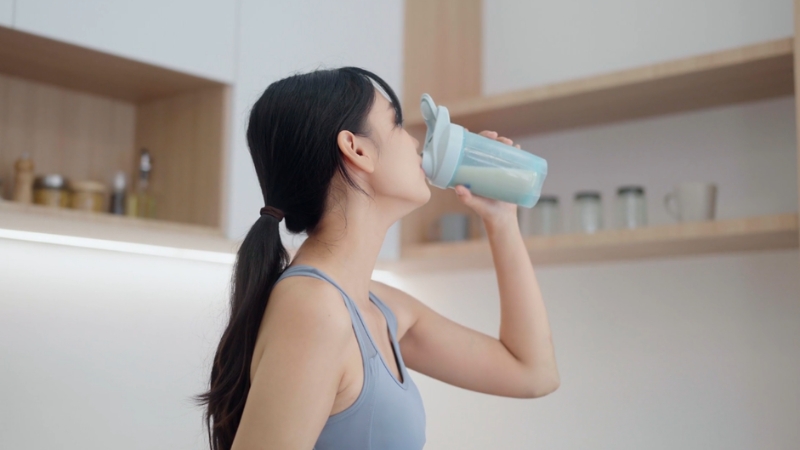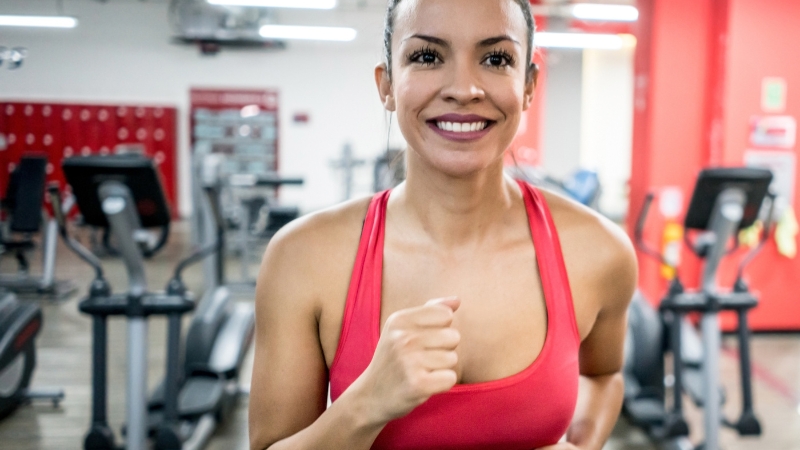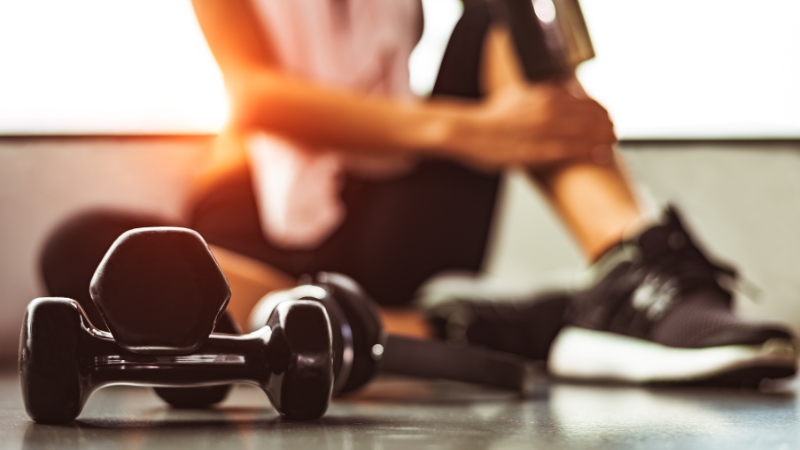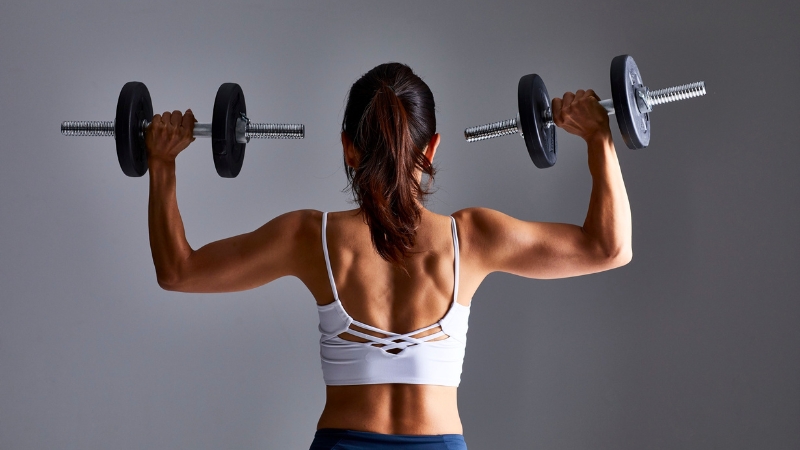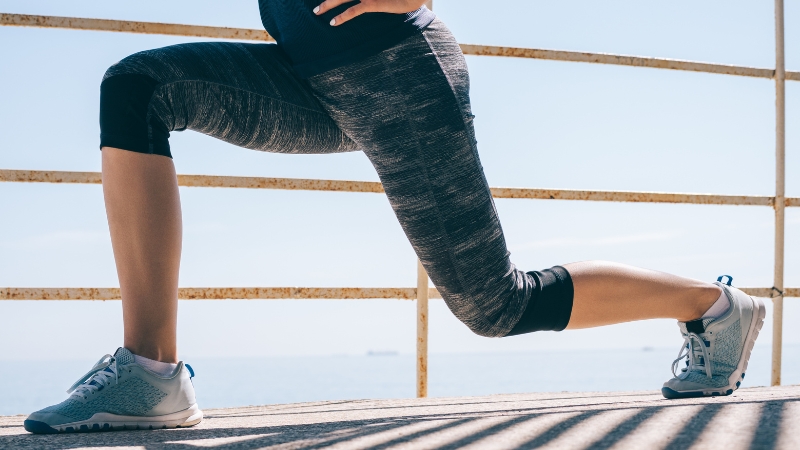
Share Post:
Circuit training offers a powerful way to maximize results in minimal time. It combines strength, endurance, and cardiovascular work into one efficient workout.
The main advantage lies in its flexibility; bodyweight movements engage multiple muscle groups without the need for equipment.
It also saves time by reducing rest periods while maintaining intensity.
Consistent circuit workouts improve full-body strength, elevate heart rate, and enhance stamina.
Every level of fitness can benefit since movements can be modified for individual needs.
Table of Contents
ToggleWorkout Structure Overview
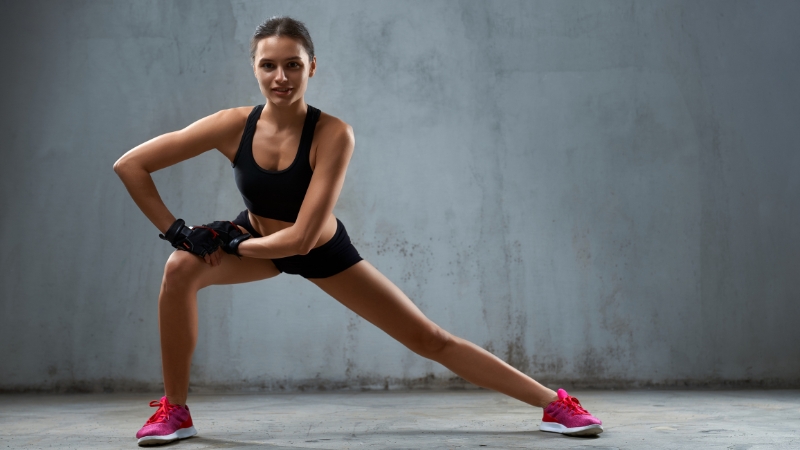
A well-planned circuit format helps maintain structure, rhythm, and purpose during every session.
The layout is designed to keep the heart rate elevated while engaging multiple muscle groups, ensuring both strength and endurance are targeted.
The total duration of the workout is 30 minutes, carefully divided into manageable segments that keep energy levels consistent and fatigue under control.
Each exercise is performed for 40 seconds, followed by a 20-second rest period. Once all eight movements are completed, the entire circuit is repeated 3 to 4 times.
Between each full round, a rest period of 60 to 90 seconds is recommended to allow partial recovery without losing intensity.
Such short and calculated intervals maintain metabolic demand, helping the body stay under tension while efficiently burning calories.
This structure is highly adaptable.
It allows adjustments based on fitness level; beginners can lower the number of rounds or rest longer, while advanced individuals can increase speed or shorten breaks.
No equipment is needed, so it can easily be performed at home, in a hotel room, or even outdoors. The goal is to move with intent, remain consistent, and make every minute count.
Warm-Up (5 Minutes)
Preparing the body for movement is essential to prevent injury and improve performance.
A 5-minute warm-up increases blood flow and activates major muscle groups.
Begin with arm circles and hip rotations to loosen joints, followed by bodyweight squats and inchworms to engage the posterior chain.
High knees and jumping jacks elevate heart rate and stimulate dynamic flexibility.
Gradually intensify the pace to prepare for the main workout ahead.
Warm-Up Sequence:
Main Workout Circuit (8 Moves)
A circuit workout thrives on variety, targeting multiple areas of the body to build strength, endurance, and coordination simultaneously.
Each movement contributes a distinct benefit and collectively forms a well-rounded session.
Perform each exercise for 40 seconds, resting for 20 seconds before moving to the next one.
Want guided variations of these exercises or full follow-along sessions?
Perspire.tv provides on-demand and live circuit-style workouts from real trainers – no subscription or equipment required.
1. Push-Ups
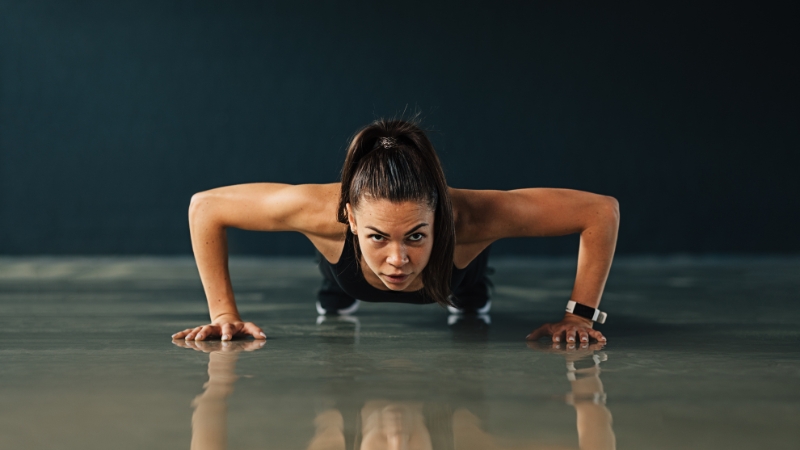
Push-ups are the foundation of bodyweight training, strengthening the chest, triceps, and core.
Keep a straight line from head to heels, lowering until elbows form a 90-degree angle.
2. Jump Lunges / Alternating Lunges
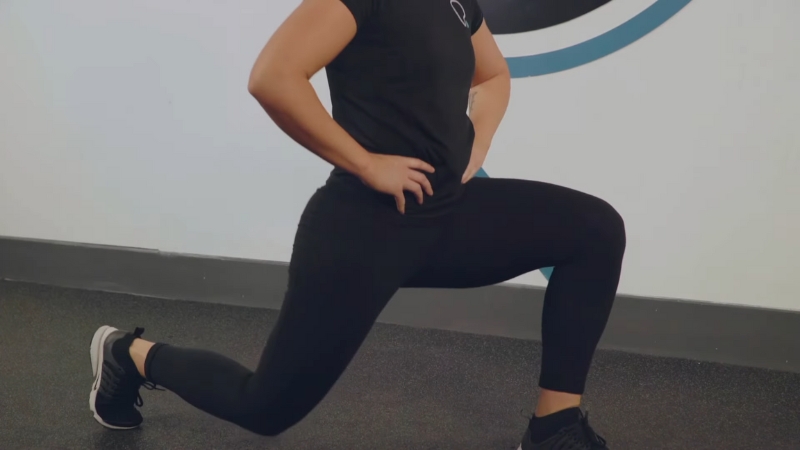
Dynamic movement that strengthens the legs and improves coordination.
Keep the torso upright and alternate legs with precision.
Step-back lunges are a suitable modification if impact is uncomfortable.
3. Plank to High Plank (Low to High Plank)
This movement strengthens the shoulders, chest, and core while challenging stability.
Move from forearm plank to high plank slowly to maintain alignment. If too difficult, hold a static plank instead.
4. Frog Squats
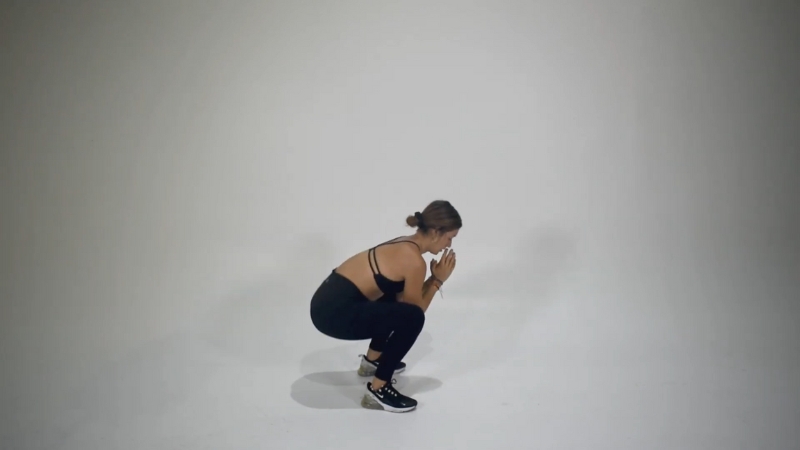
An active lower-body movement that improves flexibility while building leg strength.
Alternate between a deep squat and a partial rise to keep muscles under tension.
5. Burpees
@_laurenalexi Burpees #tarawithlexi #lexgo #fyp #tiktokfitph #gym #girlswholift #fitnesstipsph #gymhack #tiktoksportsph #hiit #wholebody #gymgirl #4u #burpees ♬ Caught A Vibe – Lancesavali
High-intensity exercise that engages nearly every muscle group.
Start with a squat, extend into a plank, perform a push-up, and jump back up.
To scale down, step in and out of the plank rather than jumping.
6. Dolphin Push-Ups or Tricep Dips (Chair)
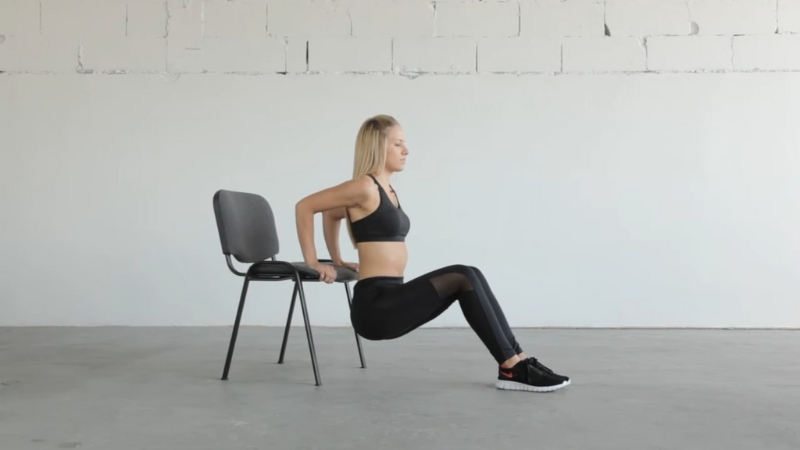
A challenging yet rewarding exercise for upper body development.
Dolphin push-ups emphasize shoulders and triceps, while chair dips provide a static and controlled option.
7. Wall Sit
‘I Did Wall Sits Every Day For 2 Weeks — I Found A Convenient Lower Body Workout To Add To My Routine’ https://t.co/6uX5FR7tXR
— Women’s Health (@WomensHealthMag) October 23, 2024
Focuses on building static strength and endurance in the lower body.
Keep knees at a 90-degree angle and press back into the wall to maintain tension.
8. Core Anti-Rotation Press or Standard Plank
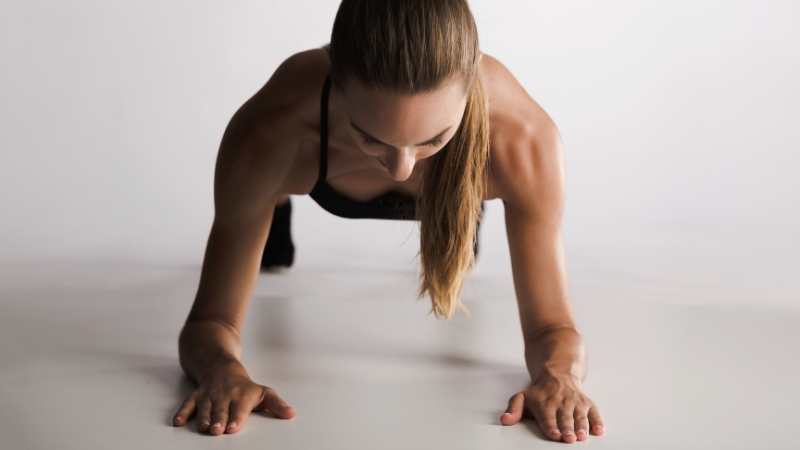
Develops core stability and resists unwanted rotation.
A resistance band can be used for added challenge, though plank shoulder taps work equally well for bodyweight setups.
Cool Down (3–5 Minutes)
A cool-down helps transition the body back to a resting state, reducing stiffness and promoting faster recovery.
Controlled stretching lowers heart rate, improves flexibility, and eases muscle tension caused by the workout.
Focus on breathing slowly to help relax the nervous system.
The cool-down should address areas most engaged during the circuit, such as the hips, shoulders, and hamstrings. Hold each stretch gently and avoid bouncing.
Follow this 3–5 minute cool-down routine:
Tips for Success
Consistency is the foundation of progress.
Aim for 2 to 3 sessions per week to build endurance and strength.
Quality of movement should always come before speed or repetition count.
Use progressive overload by increasing reps, intensity, or the number of rounds each week. Modify exercises to fit space, comfort, or ability.
Tracking performance and staying consistent over time ensures continuous improvement.
Key Tips:
The Bottom Line
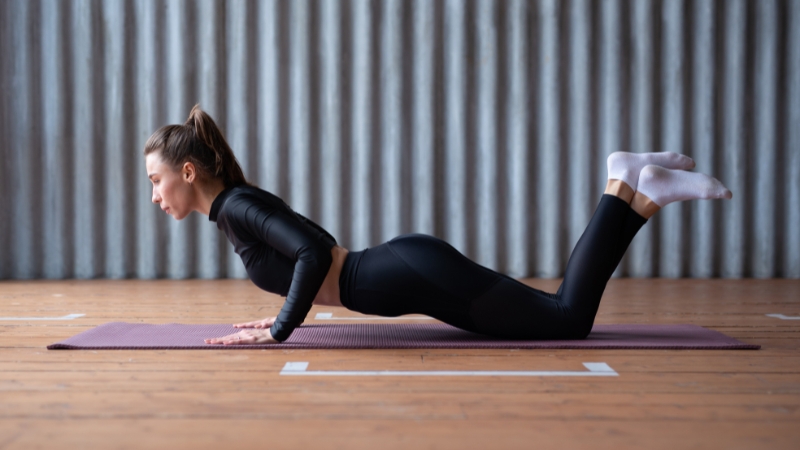
A 30-minute bodyweight circuit can redefine how fitness fits into daily life.
It strengthens muscles, improves endurance, and challenges cardiovascular capacity without any equipment.
Fitness goals are within reach, efficient, adaptable, and achievable anywhere, anytime.
Related Posts:
- 5 Mini Band Arm Exercises for Effective Upper Body…
- Training and Self-Esteem - How Small Changes Can…
- How to Build a 10-Minute Morning Exercise Routine
- Stretching for Anxiety - 10-Minute Flow for Calming the Mind
- 5-Minute Fitness Hacks for Women Who Are Always on the Go
- Short on Time? Try This Killer 5-Minute Ab Workout


